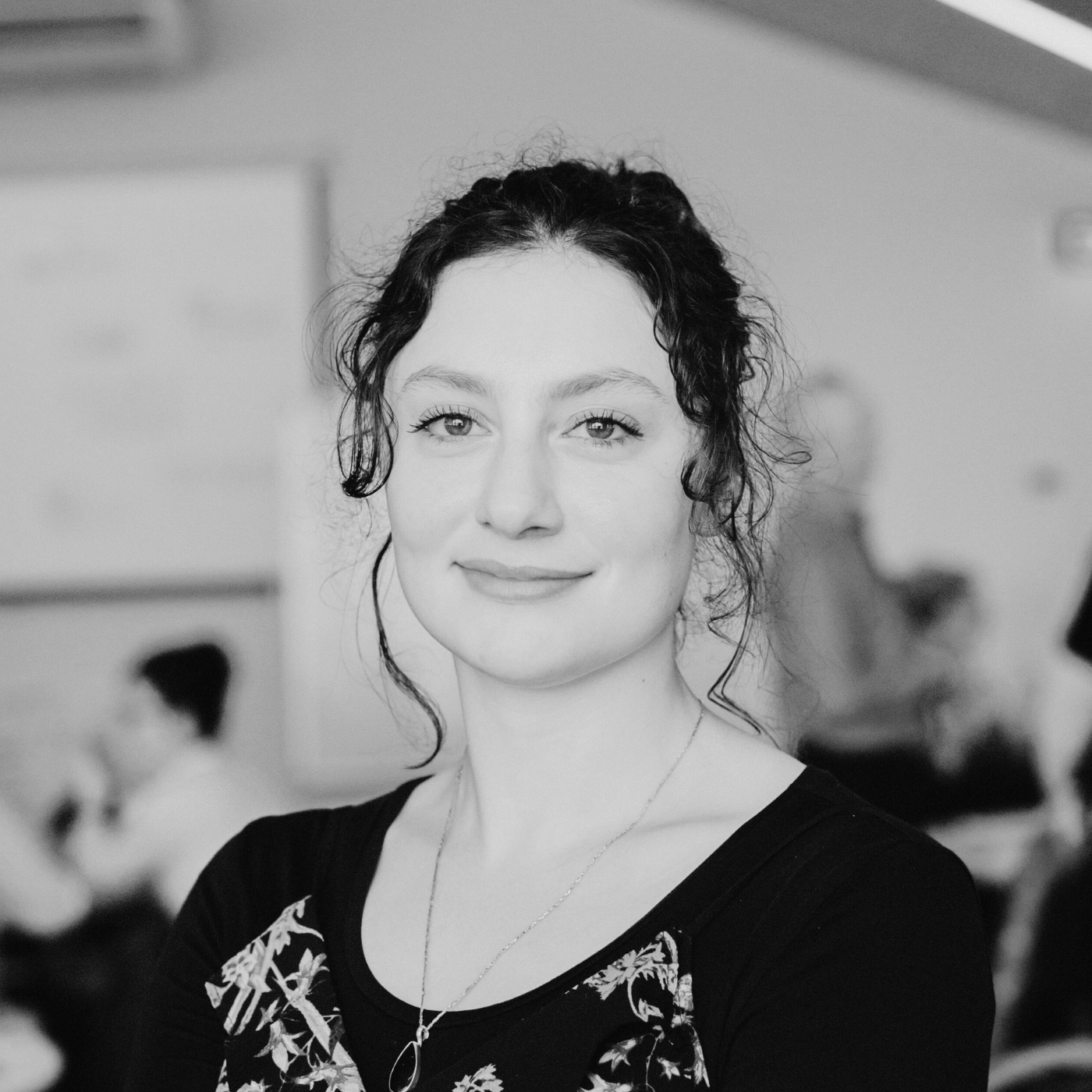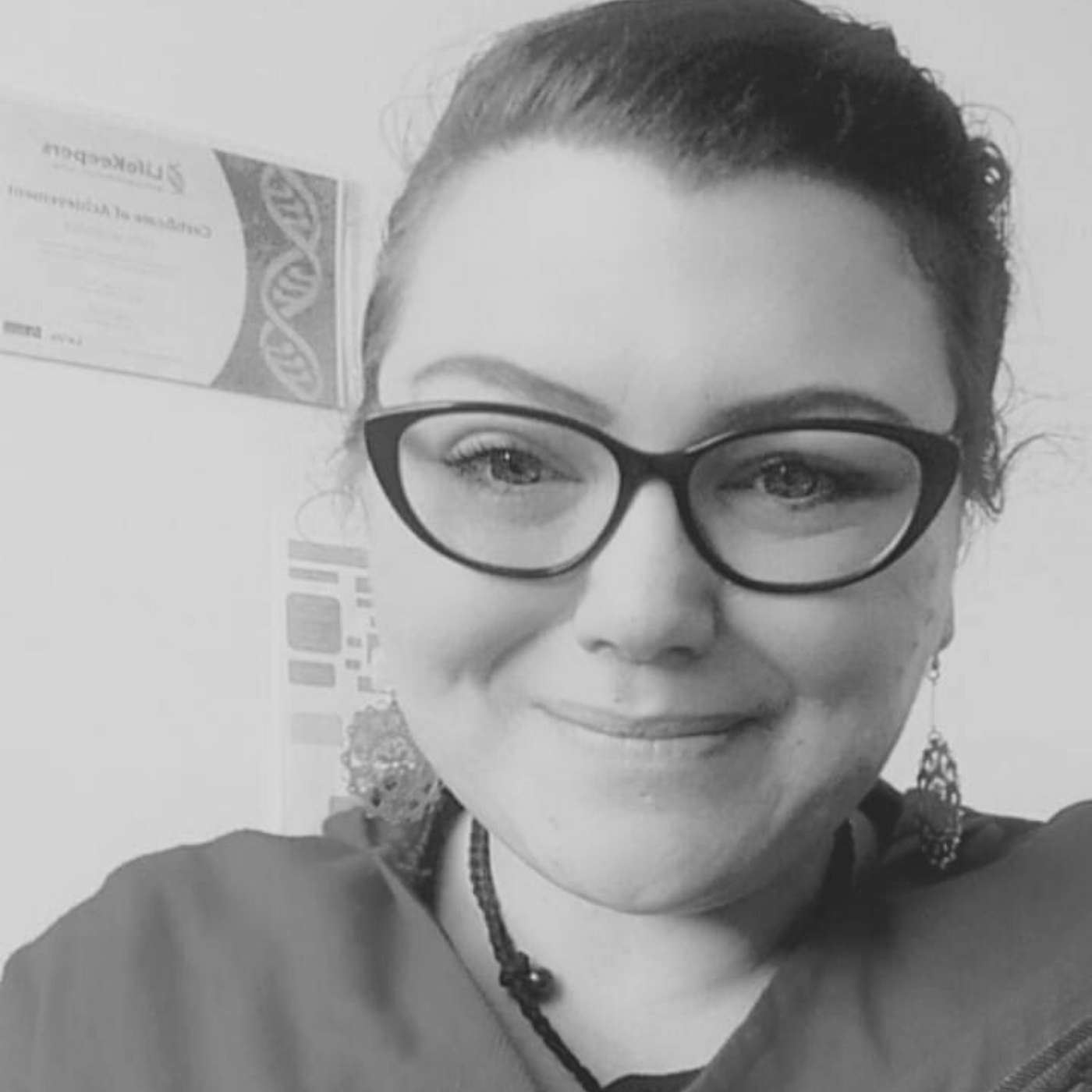Background
In May 2014, the NGO Benchmarking Club was established in partnership with Platform Trust. The Club enabled nine participating NGOs to develop some core national key performance indicators (KPIs), which they considered were more meaningful and relevant to NGO services than the existing adult KPI indicators.
The commitment to establish a dedicate NGO Benchmarking Club arose from a meeting between NGO partners involved in the KPI Programme, and its purpose was to discuss how best to promote and improve mental health NGO participation in the national mental health benchmarking initiative.
Driven by the NGO partners’ desire to expand their role in the KPI Programme, it served to create opportunities for NGOs to develop their expertise in using KPIs as part of a collaborative benchmarking process. Predominantly run by participants, the Club continued to operate under the umbrella of the KPI Programme to complement the existing benchmarking activities.
The Club met for the first time on 19 November 2015 and successfully developed specific KPI’s for Mobile service types. It intentionally equipped participating NGOs to focus on KPIs that were more meaningful to the NGO sector. The Club made performance comparisons between NGO services, exploring variations in practice, learning from one another and implementing service improvements in much the same way as members of the KPI Programme did.
Operating as a separate stream the NGO Benchmarking Club met each year and held forums where KPIs were benchmarked by the participating NGOs over the following years.
Highlighting the value of NGOs in mental health and addiction service journeys
On 1 May 2020, the Ministry of Health issued a contract variation to the KPI Programme to strengthen and formalise support for NGO benchmarking, including the development of KPI’s that demonstrate integration that can be used to promote and enhance sector performance.
The KPI Programme and NGO representatives are continuing to work in collaboration to undertake research to provide an evidence base for indicators that relate to mental health and addiction NGO services and understand how NGO data can be best integrated to tell the whole story of tāngata whai ora service journeys and how the system works together to deliver better wellbeing outcomes for everyone.
If you would like to find out more about our NGO benchmarking stream or contributing to its growth, please get in touch.


 Login / Register
Login / Register Search
Search Menu
Menu






